Why should we use the cut lapel au padel ? How does it happen? This shot "risk" can bring you many solutions in your game.
En track background, it's important to maîtriser the basic moves such as right hit and flat lapel. The fact of working with a backhand cut certainly requires technique but also physical effort as well as cerebral work, because this blow is negotiated as much in front as back support. Let's see this in detail.
If you are an ex-tennis player, you know or have met someone who plays with the backhand cut. This shot is most often used to go on the attack, to go to the net, because it is a fairly precise shot which causes a very weak rebound of the ball and therefore generates discomfort for opponents.
Au padel it's the same thing. If your opponents allow you to hit the ball above the level of the net with a direct hit or out of the window, you can try the backhand cut with this almost zero rebound which will allow you to come forward. It is an attack blow and your body weight will be on your dominant leg, the one on the side of the hand that holds the pala.
The cut lapel of the pros
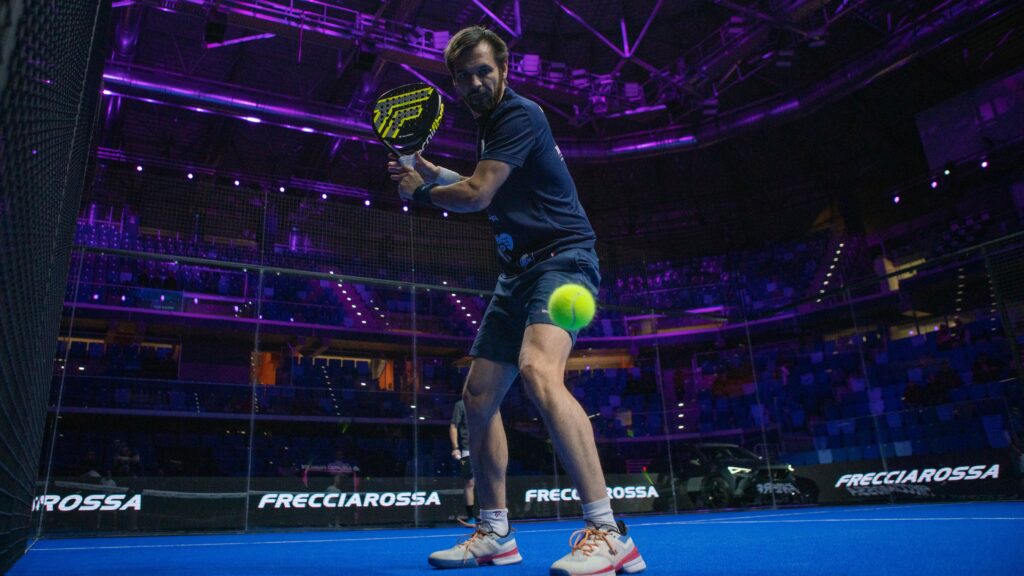
More difficult to master, it deserves attention on its technique. This cut backhand is used more and more on the professional circuit because the inverted effect given to the ball does not make it easy to play the next shot. To compare again with tennis, this cut backhand is used a lot after a service to calm down, to slow down the game with a floating ball which does not allow you to accelerate.
Au padel this move is more easily performed after a bandeja short of opponents who do not touch the windows. Cutting the ball forces a quick move forward for a volley below the level of the net. In the event that the opponents let the ball bounce, it would go in the direction of the grid, further complicating its negotiation.
Can this backhand cut be used to perform a lob? Of course, in the same scenario: after a bandeja. Opponents play bandeja, want to get back to the net and you offer them a new lob which, if not traded quickly, will end up very close to the bottom glass. But beware, it is not easy.
For the realization of this backhand, you will not be able to have the same support as for the one played in the attack phase. Here you need control and good contact with the ground. So it's your non-dominant leg that needs to be put to good use. At the moment of impact you will be with the weight of the body backwards to have maximum control, then after impact you will accompany in the desired direction. Do not rush, wait until you know if your shot is effective or not to come closer to the net because if your opponents negotiate your backhand cut brilliantly and you rushed forward, it will be easy for them to put an end on point.
Cut lapel yes but…
Be careful that this shot is not your base because it requires a lot of control, concentration and physical commitment. If you already have it in your racquet sports past, use it. If you haven't mastered it, just start with the backhand attack on balls over the net, which are clearer and safer to negotiate. Gradually seek, especially in training, to work after a bandeja short of the opponents, this backhand cut which will dip in the feet in the direction of the grid in the diagonal. As for the lob, save it for advanced level matches because if you don't master it, you will get punished. Courage, take the time to do things right. Let's go!
Julien Bondia is a teacher of padel in Tenerife (Spain). Columnist and advisor, he helps you play better through his tutorials and tactical/technical articles padel.





































































































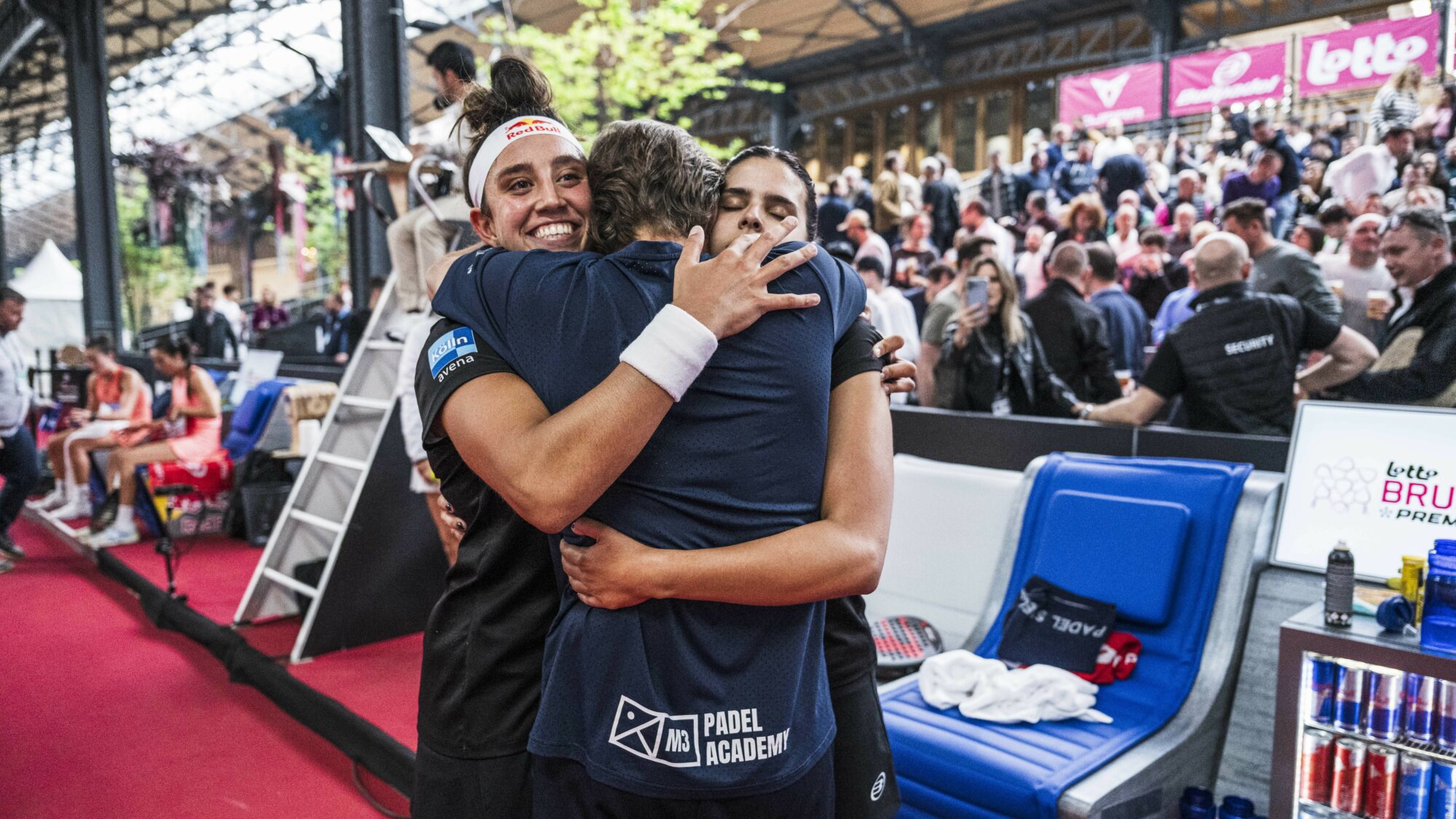 Premier Padel Brussels P2 – Brea/Gonzalez wins the arm wrestling against Salazar/Icardo
Premier Padel Brussels P2 – Brea/Gonzalez wins the arm wrestling against Salazar/Icardo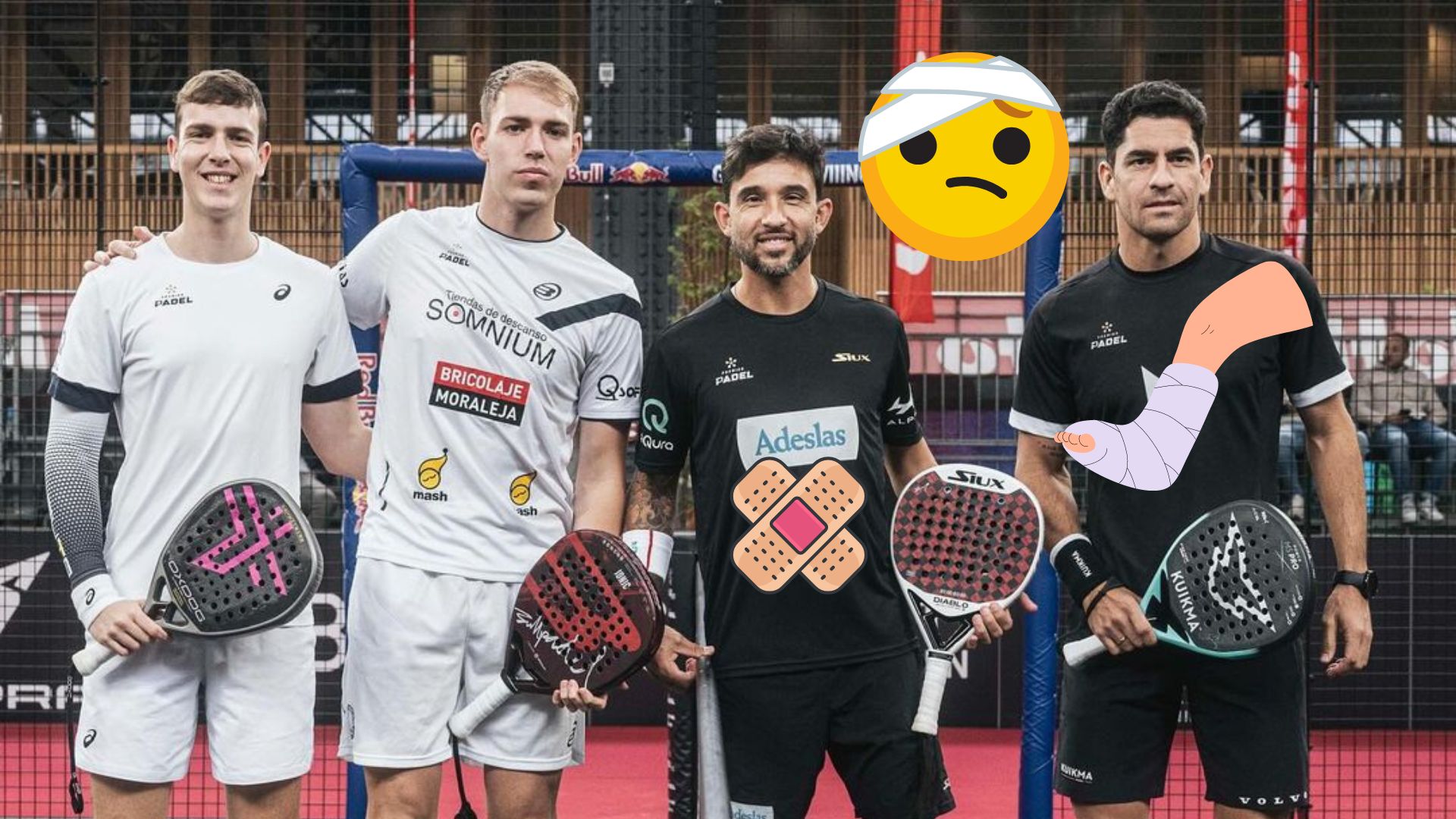 Unusual – Sanyo Gutierrez and Maxi Sanchez suffered in Brussels
Unusual – Sanyo Gutierrez and Maxi Sanchez suffered in Brussels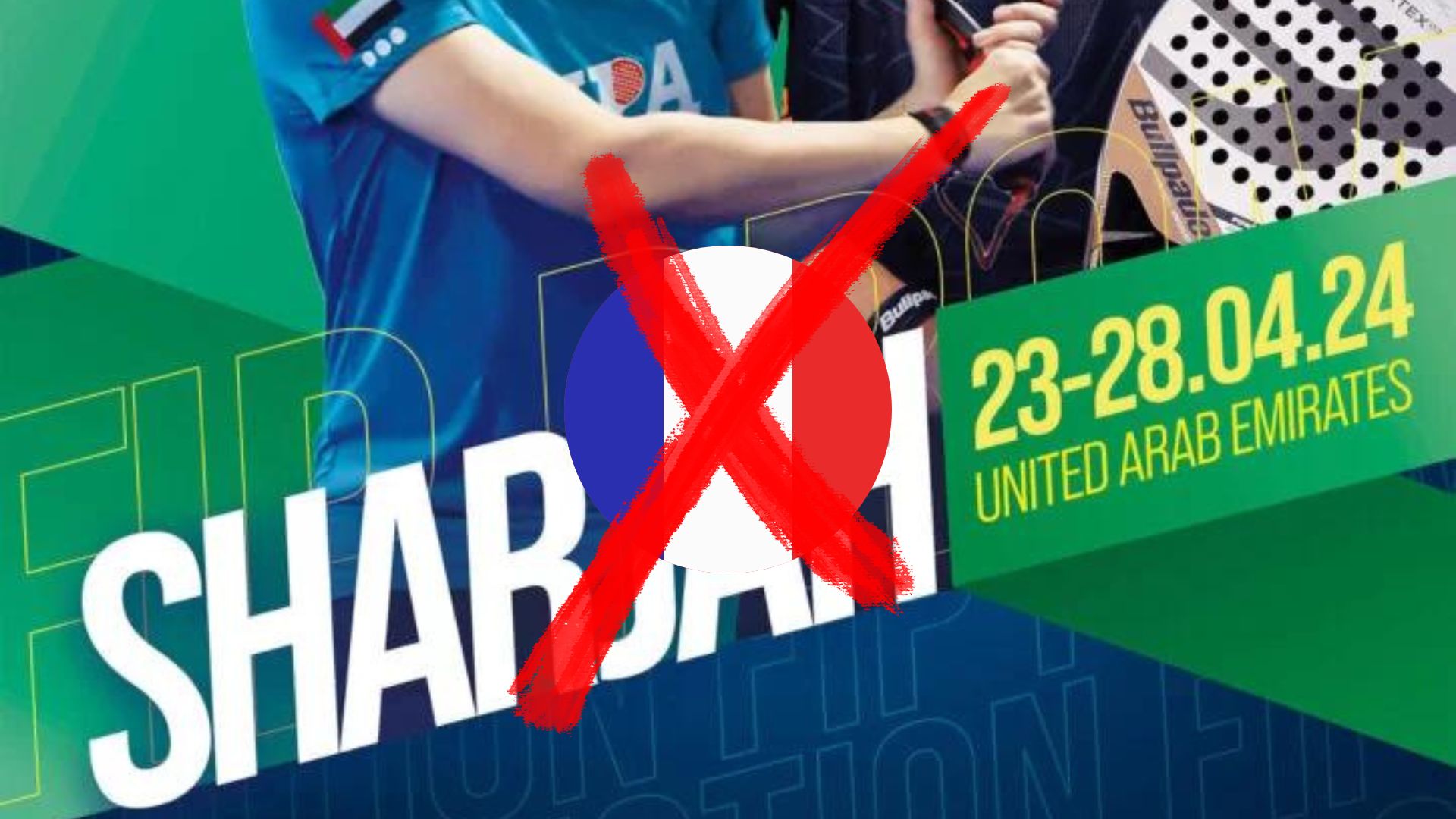 FIP Promotion Sharjah – More French people in the United Arab Emirates
FIP Promotion Sharjah – More French people in the United Arab Emirates Guillaume Codron de Sud Padel : “A family project”
Guillaume Codron de Sud Padel : “A family project” Nallé Grinda: “Democratize the padel in the USA with PadelX "
Nallé Grinda: “Democratize the padel in the USA with PadelX " Simon Boissé: “We know that there are two nations in front of us”
Simon Boissé: “We know that there are two nations in front of us” Marie Maligo: “This period of frequent changes of partners was beneficial for me”
Marie Maligo: “This period of frequent changes of partners was beneficial for me”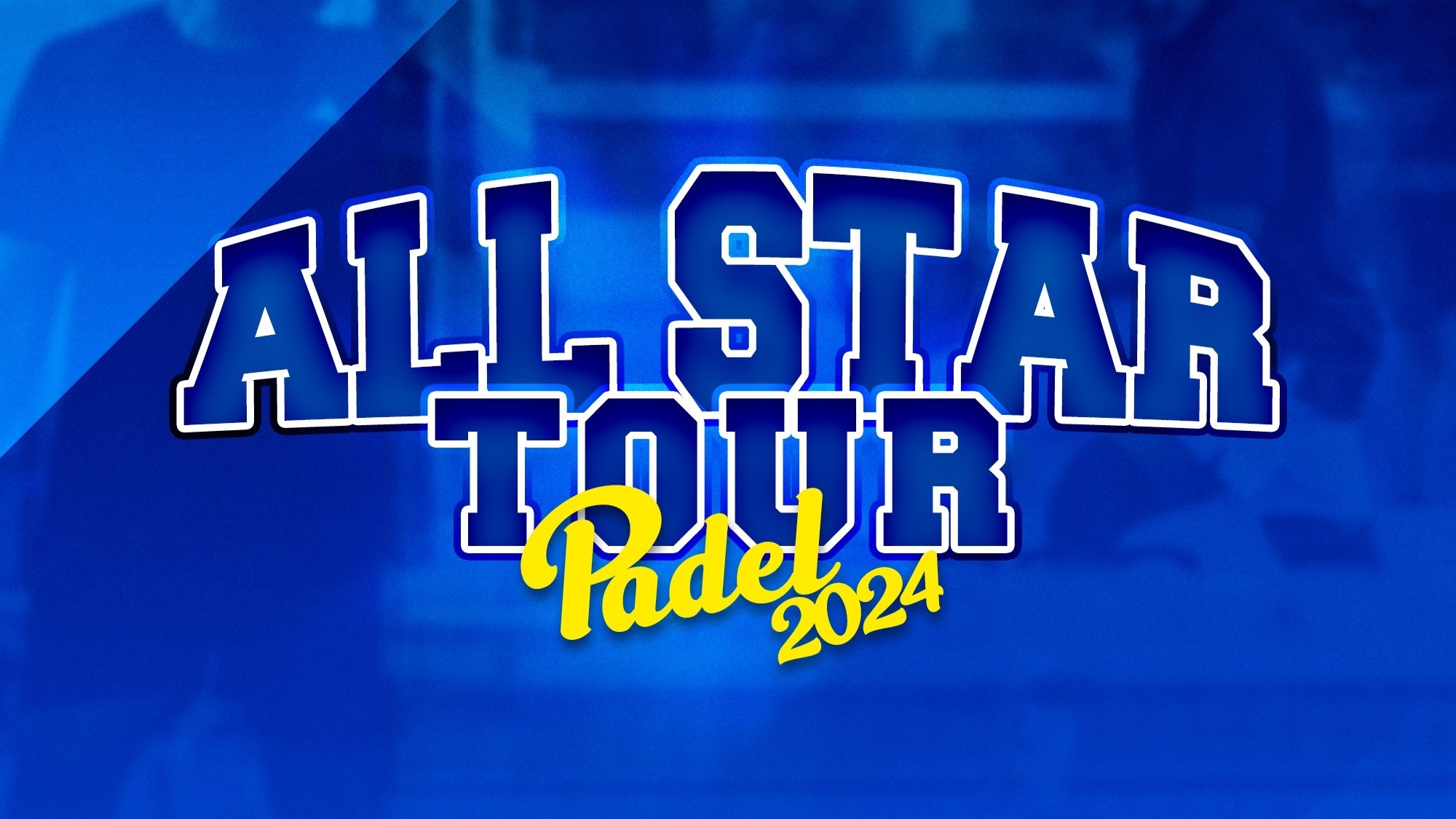 The All Star Tour returns on May 16 at the All In in Lyon
The All Star Tour returns on May 16 at the All In in Lyon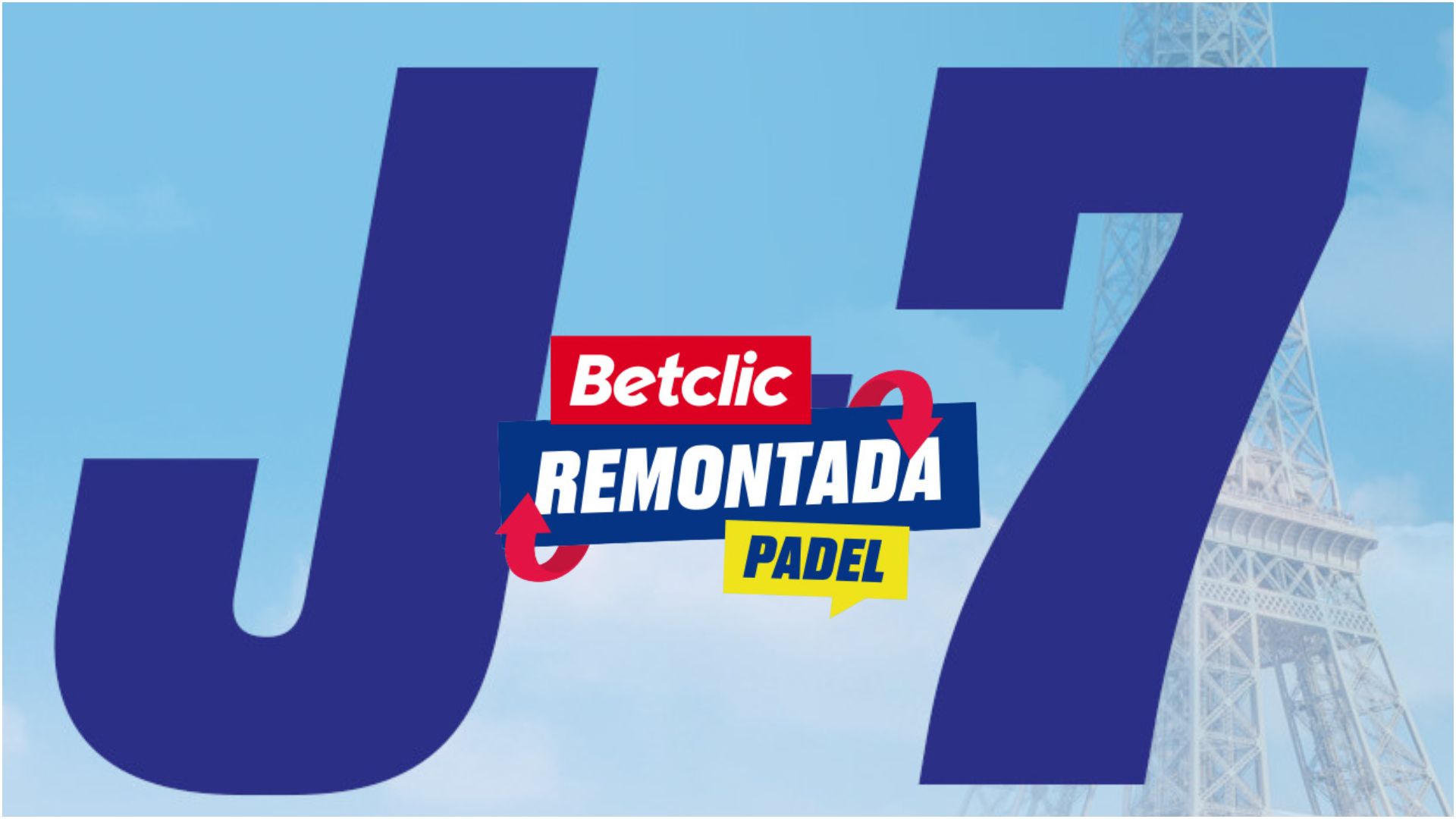 D-7 of the “BetClic Remontada Padel”, at the foot of the Eiffel Tower
D-7 of the “BetClic Remontada Padel”, at the foot of the Eiffel Tower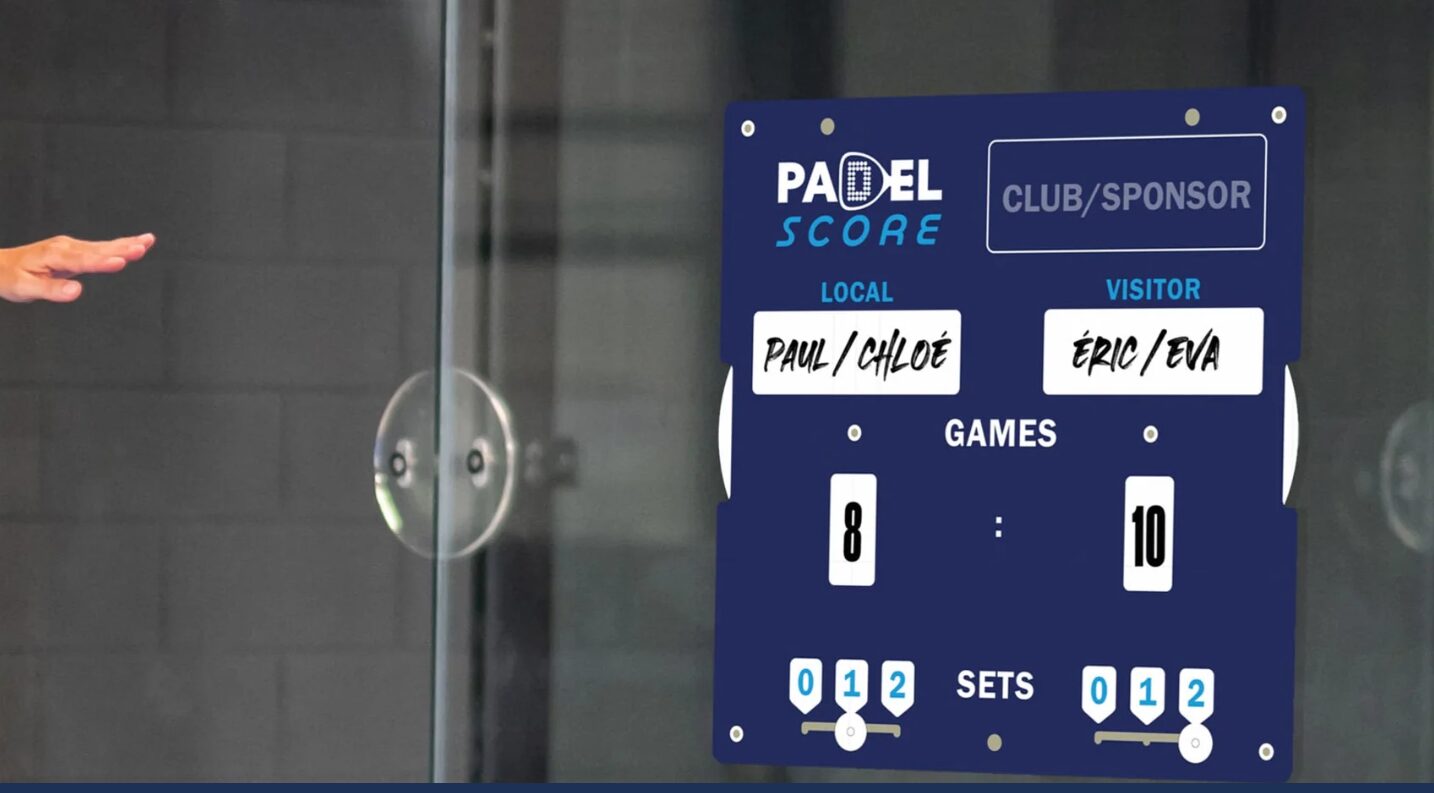 Padel Score: an essential table for keeping score
Padel Score: an essential table for keeping score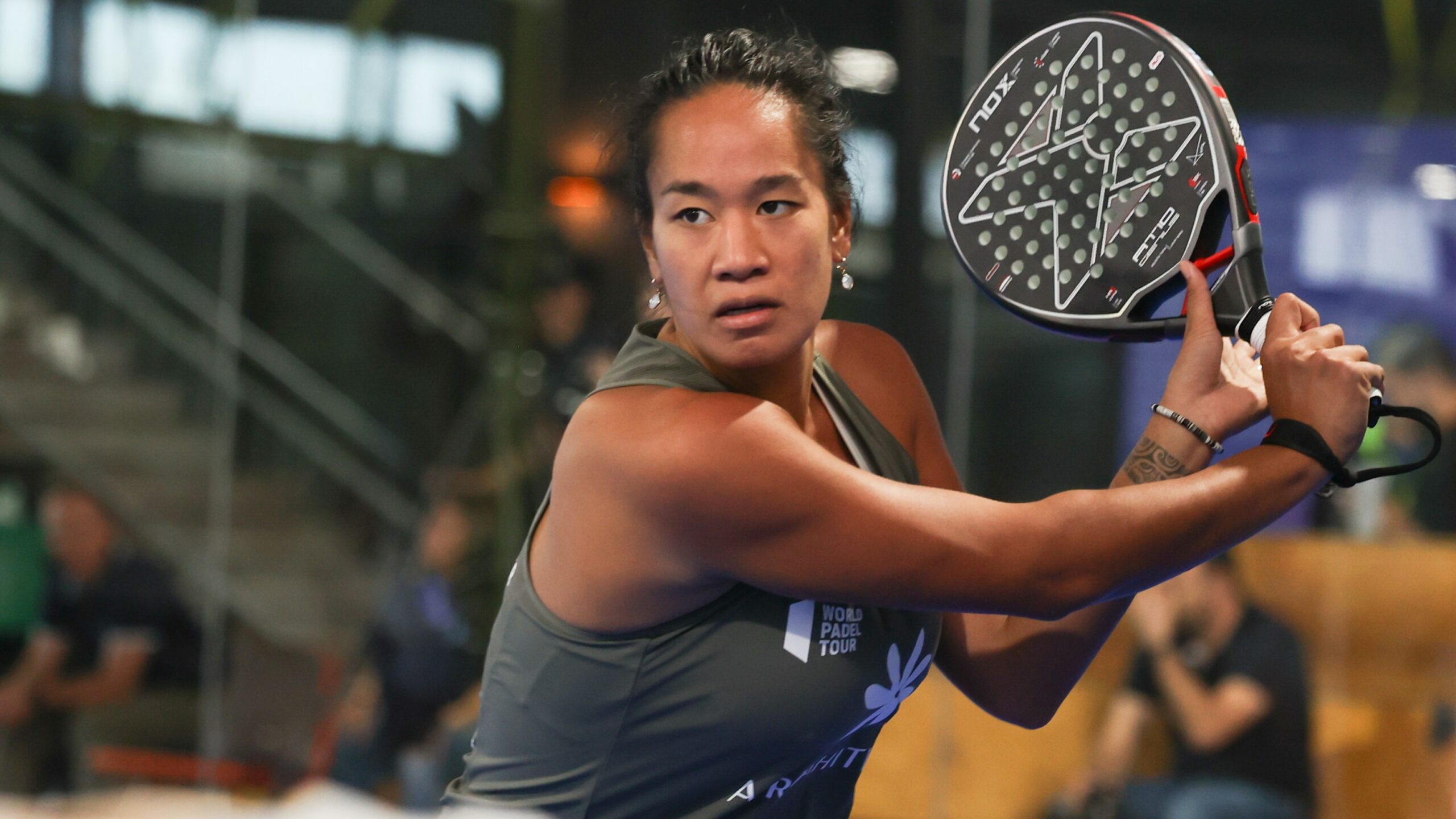 Léa Godallier makes her big return to the slopes this weekend
Léa Godallier makes her big return to the slopes this weekend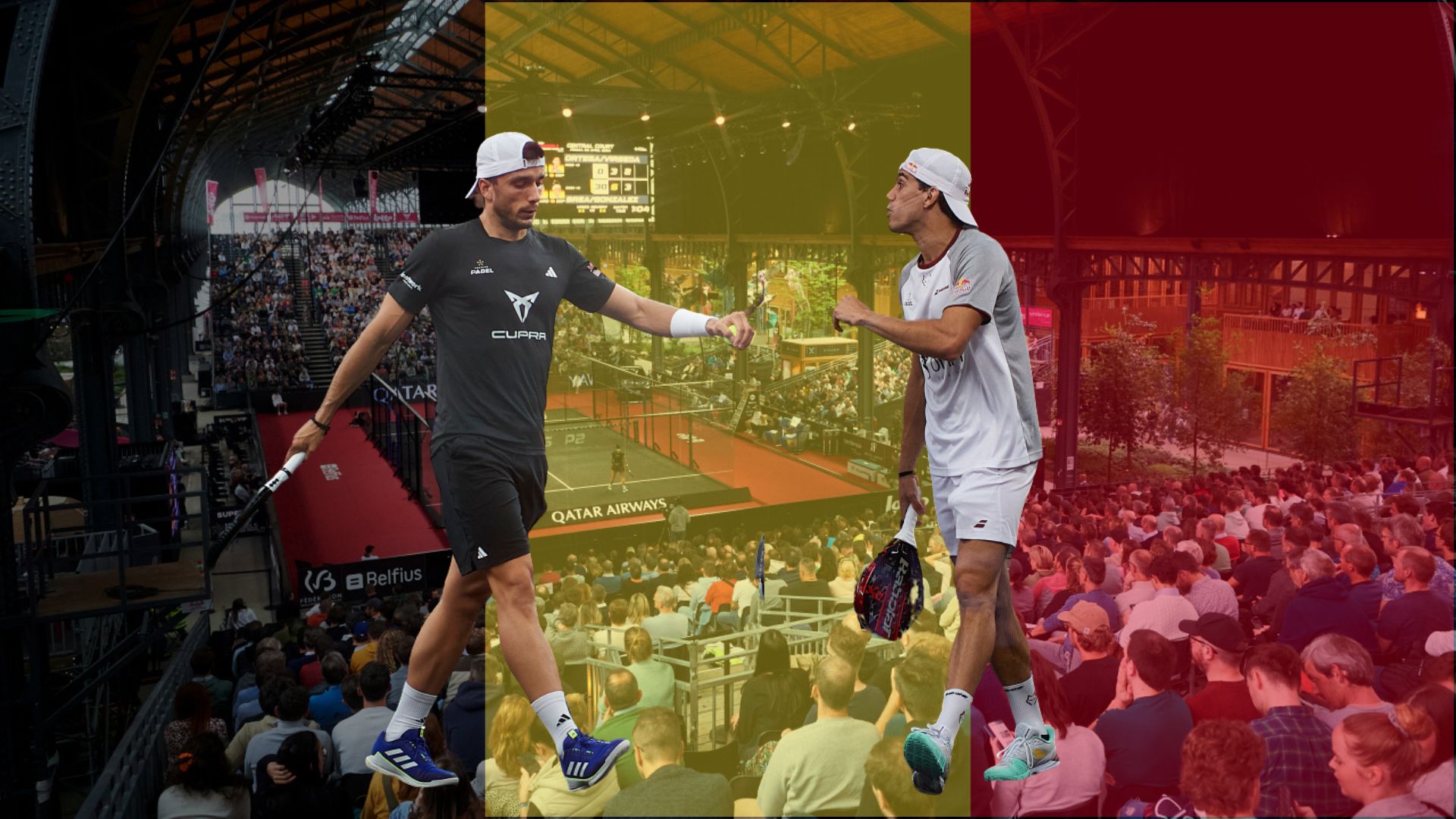 Premier Padel Brussels P2 – Juan Lebron and Ale Galan together in Belgium?
Premier Padel Brussels P2 – Juan Lebron and Ale Galan together in Belgium?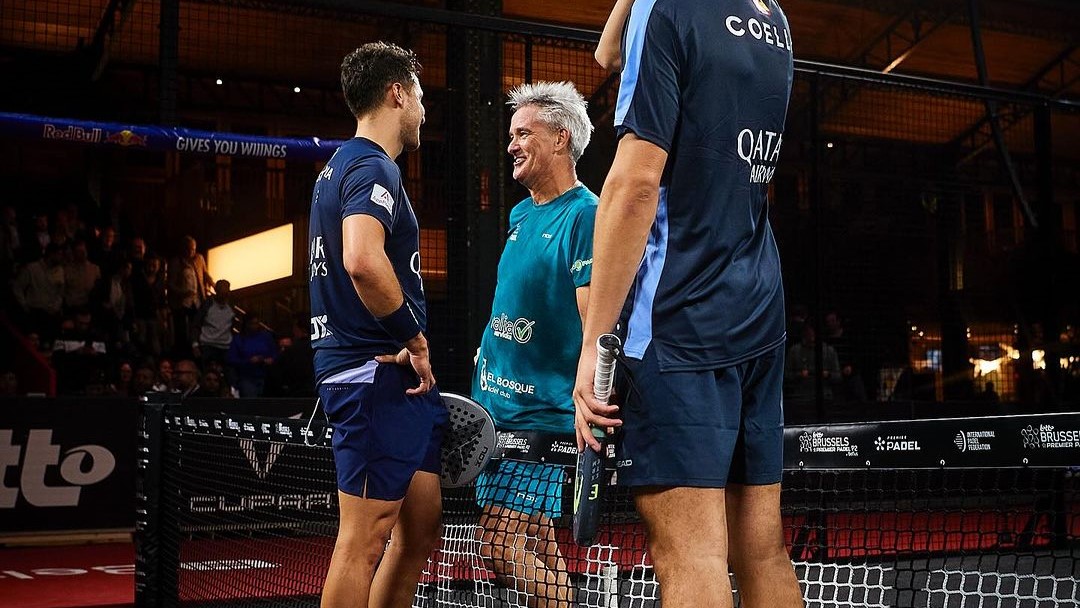 Agustin Tapia salutes the longevity of Miguel Lamperti
Agustin Tapia salutes the longevity of Miguel Lamperti José Manuel Escin at the inauguration of Casa Padel DOS: “Finally, and thank you!”
José Manuel Escin at the inauguration of Casa Padel DOS: “Finally, and thank you!” Padel Score comes to Tahiti for American Express Padel Cup!
Padel Score comes to Tahiti for American Express Padel Cup! Do you know the Rafa Nadal Academy Tour?
Do you know the Rafa Nadal Academy Tour? Play at padel on his yacht? Possible for €233.000!
Play at padel on his yacht? Possible for €233.000!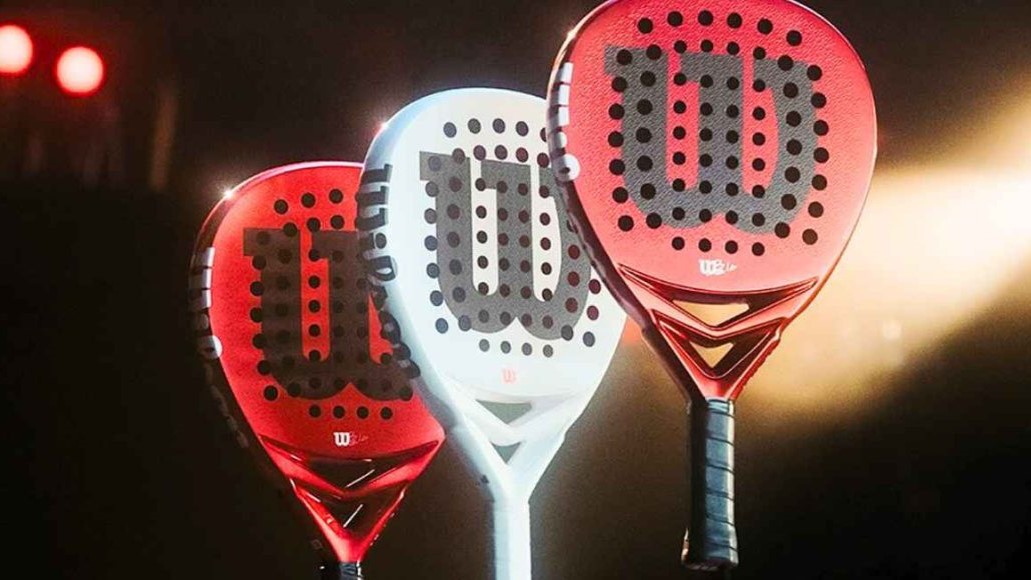 Presentation of the Wilson Bela V2.5 collection
Presentation of the Wilson Bela V2.5 collection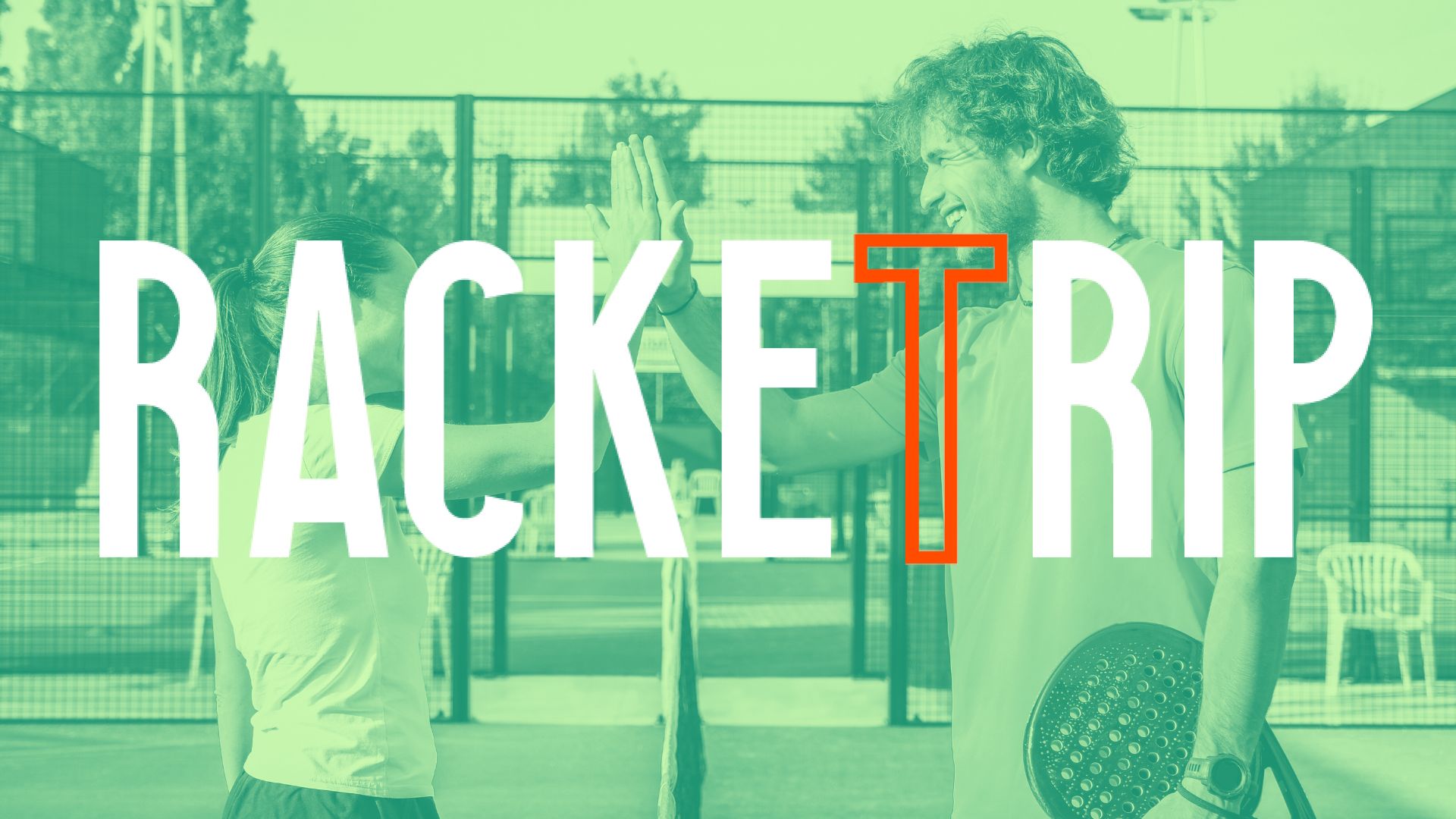 The LinkedIn of racquet sports: Racket Trip
The LinkedIn of racquet sports: Racket Trip The score at padel : manual
The score at padel : manual Our Top 10 training courses padel in France and Europe
Our Top 10 training courses padel in France and Europe At the heart of padel – Episode 25: Paul and Andoni answer your questions
At the heart of padel – Episode 25: Paul and Andoni answer your questions At the heart of padel – Episode 23: defend the window well
At the heart of padel – Episode 23: defend the window well Prohibition on playing topless Padel : the reasons
Prohibition on playing topless Padel : the reasons FIP Tour – Going far from Europe, THE strategy to earn points!
FIP Tour – Going far from Europe, THE strategy to earn points! What is a good football player? padel ?
What is a good football player? padel ? “Lefties give me headaches when I play against them!”
“Lefties give me headaches when I play against them!” At the heart of padel – Episode 14: how to earn points in winter?
At the heart of padel – Episode 14: how to earn points in winter? The basic tactics of padel
The basic tactics of padel A par 4 is always a winner...even if you manage to defend it!
A par 4 is always a winner...even if you manage to defend it! Carbon fiber VS fiberglass: what to choose?
Carbon fiber VS fiberglass: what to choose? How to effectively test a racket padel ?
How to effectively test a racket padel ? La padel to fight Parkinson's disease
La padel to fight Parkinson's disease Don't play with a cracked or broken racket, your body will thank you!
Don't play with a cracked or broken racket, your body will thank you! Michel Cymes: “The padel, physically, it’s serious!”
Michel Cymes: “The padel, physically, it’s serious!” Jeremy Gala: “Promote the padel among young people in Belgium remains a challenge”
Jeremy Gala: “Promote the padel among young people in Belgium remains a challenge” The French Touch Academy organizes its selection day Padel-Study
The French Touch Academy organizes its selection day Padel-Study Report on the detection and training of younger generations
Report on the detection and training of younger generations